Try Try Again ( hopefully the start of a lengthy debate)
James _J
10 years ago
Related Stories

KITCHEN DESIGNUsing White Marble: Hot Debate Over a Classic Beauty
Do you love perfection or patina? Here's how to see if marble's right for you
Full Story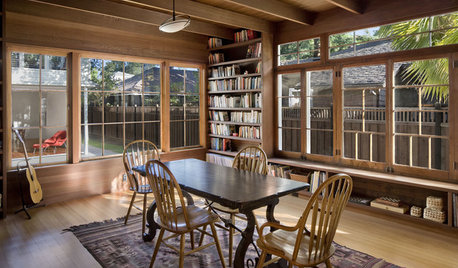
REMODELING GUIDESReplace vs. Restore: The Great Window Debate
Deciding what to do with windows in disrepair isn't easy. This insight on the pros and cons of window replacement or restoration can help
Full Story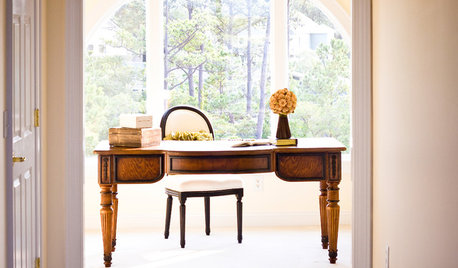
HOUSEKEEPINGGot a Disastrously Messy Area? Try Triage
Get your priorities straight when it comes to housekeeping by applying an emergency response system
Full Story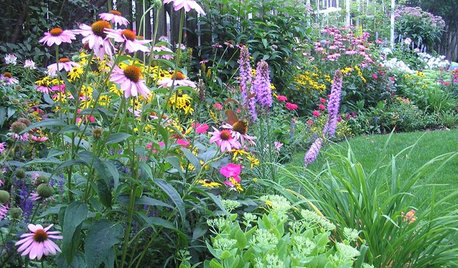
LANDSCAPE DESIGNTry Slow Gardening for Some Unexpected Benefits
Why set your garden on the fast track? Here's how to relax and enjoy it in an entirely new way
Full Story
GARDENING GUIDES15 Ideas to Try in Your Garden This Year
These gardening stories were tops among Houzz readers. Which ideas might you try this year?
Full Story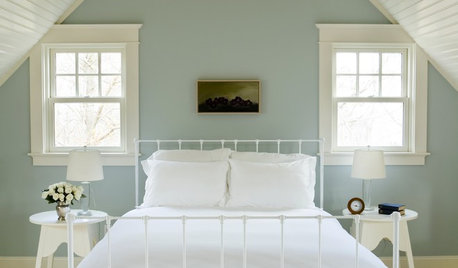
COLOR12 Tried-and-True Paint Colors for Your Walls
Discover one pro designer's time-tested favorite paint colors for kitchens, baths, bedrooms and more
Full Story
PLANTING IDEASWant a More Colorful, Natural Garden? Try a Perennial Meadow
Spend less time tending and more time taking in the sights by improving on Victorian and prairie garden designs
Full Story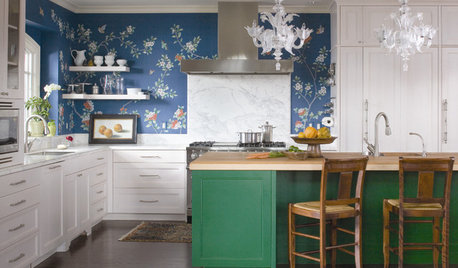
KITCHEN DESIGNTry a Shorter Kitchen Backsplash for Budget-Friendly Style
Shave costs on a kitchen remodel with a pared-down backsplash in one of these great materials
Full Story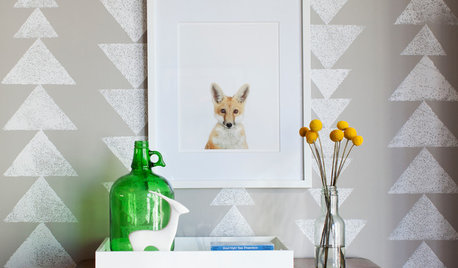
DECORATING GUIDESStamp, Stencil, Paste: Try a New Pattern on a Wall
Here are 10 ways to create a feature wall with classic and contemporary designs
Full Story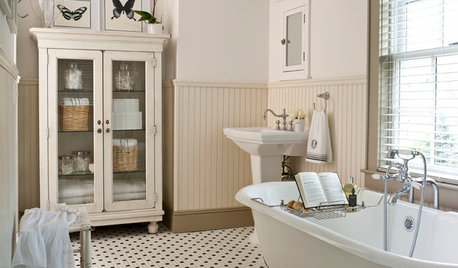
MOST POPULARMust-Try Color Combo: White With Warm Off-White
Avoid going too traditional and too clean by introducing an off-white palette that brings a touch of warmth and elegance
Full StorySponsored
More Discussions








terpguy
terpguy
Related Professionals
Arden-Arcade Landscape Contractors · Fishers Landscape Contractors · Framingham Landscape Contractors · Gloucester Landscape Contractors · Holland Landscape Contractors · Indianapolis Landscape Contractors · Lynwood Landscape Contractors · Palos Verdes Estates Landscape Contractors · Sugar Hill Landscape Contractors · West Orange Landscape Contractors · Dothan General Contractors · Hayward General Contractors · Millbrae General Contractors · Pine Hills General Contractors · West Whittier-Los Nietos General ContractorsJames _JOriginal Author
cjwatson
orchidnick
ashes_of_the_fire
Leafhead
gyr_falcon
James _JOriginal Author
Leafhead
garyfla_gw